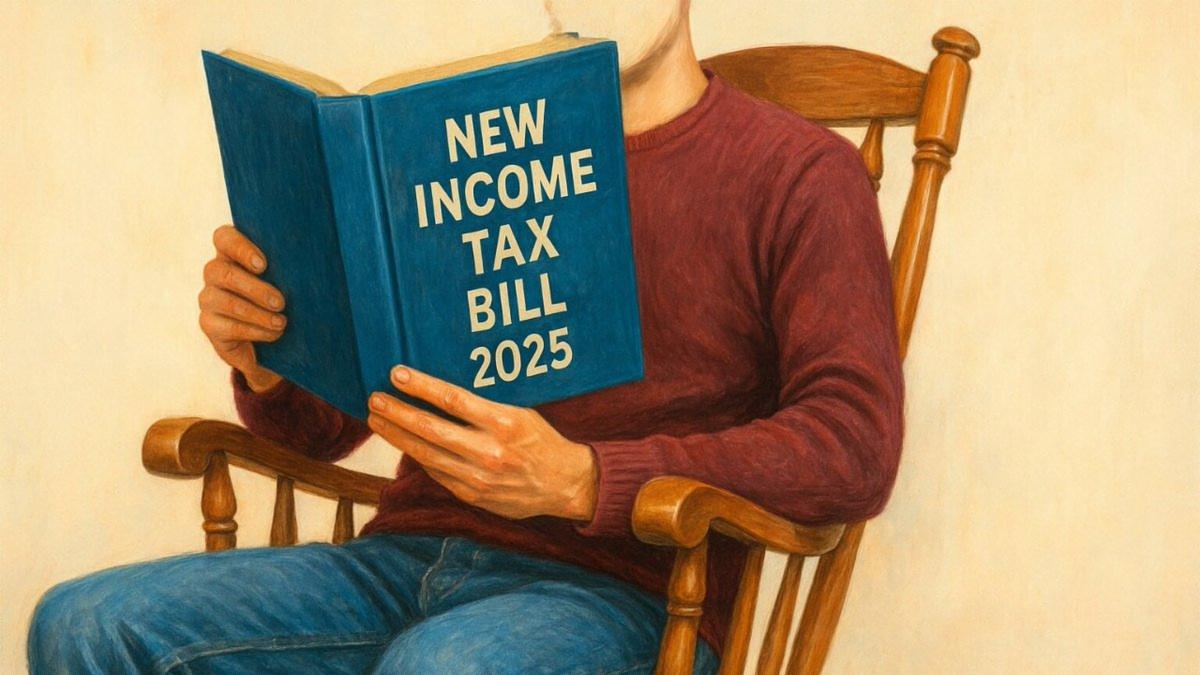Article Body
Lok Sabha Passes new income tax bill 2025: Facts, Features, and Statements
It’s a watershed moment in India’s fiscal landscape. On August 11, 2025, the Lok Sabha gave a green light to the revised Income Tax (No. 2) Bill, 2025, marking one of the most profound reforms in the country’s direct tax code in 60 years. The new law, tabled by Union Finance Minister Nirmala Sitharaman, incorporates the majority of 285 recommendations from the Parliamentary Select Committee and promises to make India’s tax regime simpler, fairer, and easier for taxpayers to understand.
What’s New? From Draft Withdrawal to Final Bill
Earlier this month, the government formally withdrew the original draft of the bill introduced in February. The move came after thousands of pages of recommendations and public feedback, aiming for greater clarity and legislative alignment. Sitharaman, in her parliamentary address, underscored the reforms as “necessary to convey the correct legislative meaning,” assuring lawmakers that the new text carries all major suggestions with minimal confusion.
“Corrections in the nature of drafting, alignment of phrases, consequential changes and cross-referencing have been made,” Finance Minister Nirmala Sitharaman declared in the Lok Sabha.
What Does the income tax bill 2025 Change?
The new Bill seeks to replace the six-decade-old Income Tax Act, 1961 and update India’s direct taxation structure. Among key changes:
-
Simplification: The law shortens and simplifies the previous statute, cutting length by nearly half and aligning definitions with statutes like the MSME Act.
-
Single Tax Year: It abolishes the confusing distinction between ‘previous year’ and ‘assessment year—income will now be taxed in the same year it is earned.
-
Streamlined Compliance: Processes for TDS (Tax Deducted at Source), exemptions, and refunds have been overhauled. Taxpayers can now claim TDS refunds even after late filings, reducing penalties.
-
Digital-First Approach: Greater reliance on technology, paperless documentation, and faster dispute resolution.
New Tax Slabs – 2025
| Annual Income (INR) | Tax Rate |
|---|---|
| Up to 4,00,000 | Nil |
| 4,00,001–8,00,000 | 5% |
| 8,00,001–12,00,000 | 10% |
| 12,00,001–16,00,000 | 15% |
| 16,00,001–20,00,000 | 20% |
| 20,00,001–24,00,000 | 25% |
| Above 24,00,000 | 30% |
Source: India Briefing, Upstox, Lok Sabha records
The Way Forward
The Bill now moves to the Rajya Sabha for further debate and, if passed, will be sent to the President for assent. The new law is scheduled to take effect from April 1, 2026.
Closing Statement
With the new income tax bill, 2025, India stands on the edge of historic reform. As Sitharaman concluded:
“The new draft further simplifies the decades-old tax structure. It helps individual taxpayers and MSMEs avoid unnecessary litigation.”
Refer to Wikipedia and India’s official tax portal for further reference.


Comments